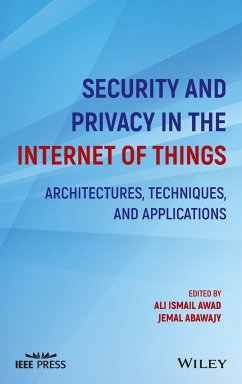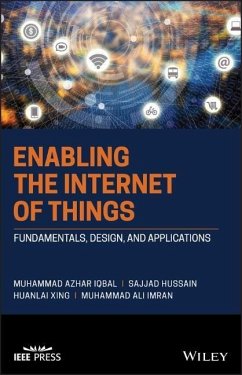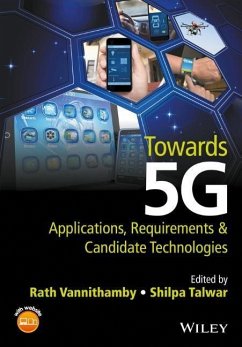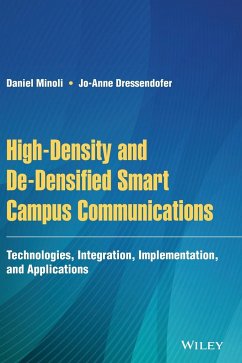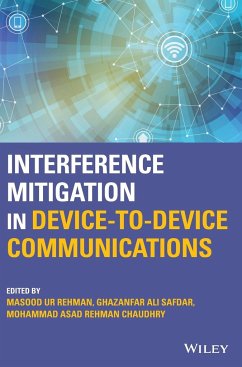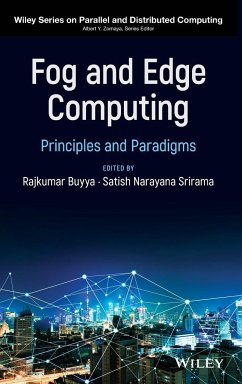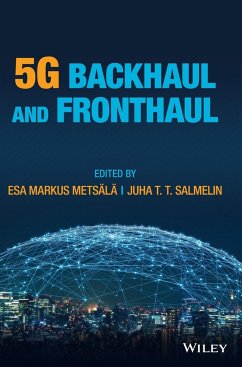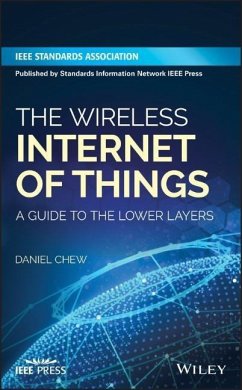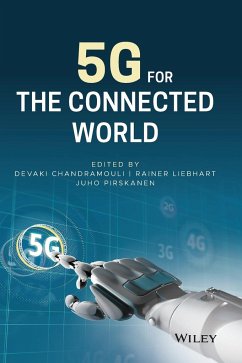
Internet of Things
Architectures, Protocols and Standards
Versandkostenfrei!
Versandfertig in über 4 Wochen
118,99 €
inkl. MwSt.
Weitere Ausgaben:

PAYBACK Punkte
59 °P sammeln!
This book addresses researchers and graduate students at the forefront of study/research on the Internet of Things (IoT) by presenting state-of-the-art research together with the current and future challenges in building new smart applications (e.g., Smart Cities, Smart Buildings, and Industrial IoT) in an efficient, scalable, and sustainable way. It covers the main pillars of the IoT world (Connectivity, Interoperability, Discoverability, and Security/Privacy), providing a comprehensive look at the current technologies, procedures, and architectures.





